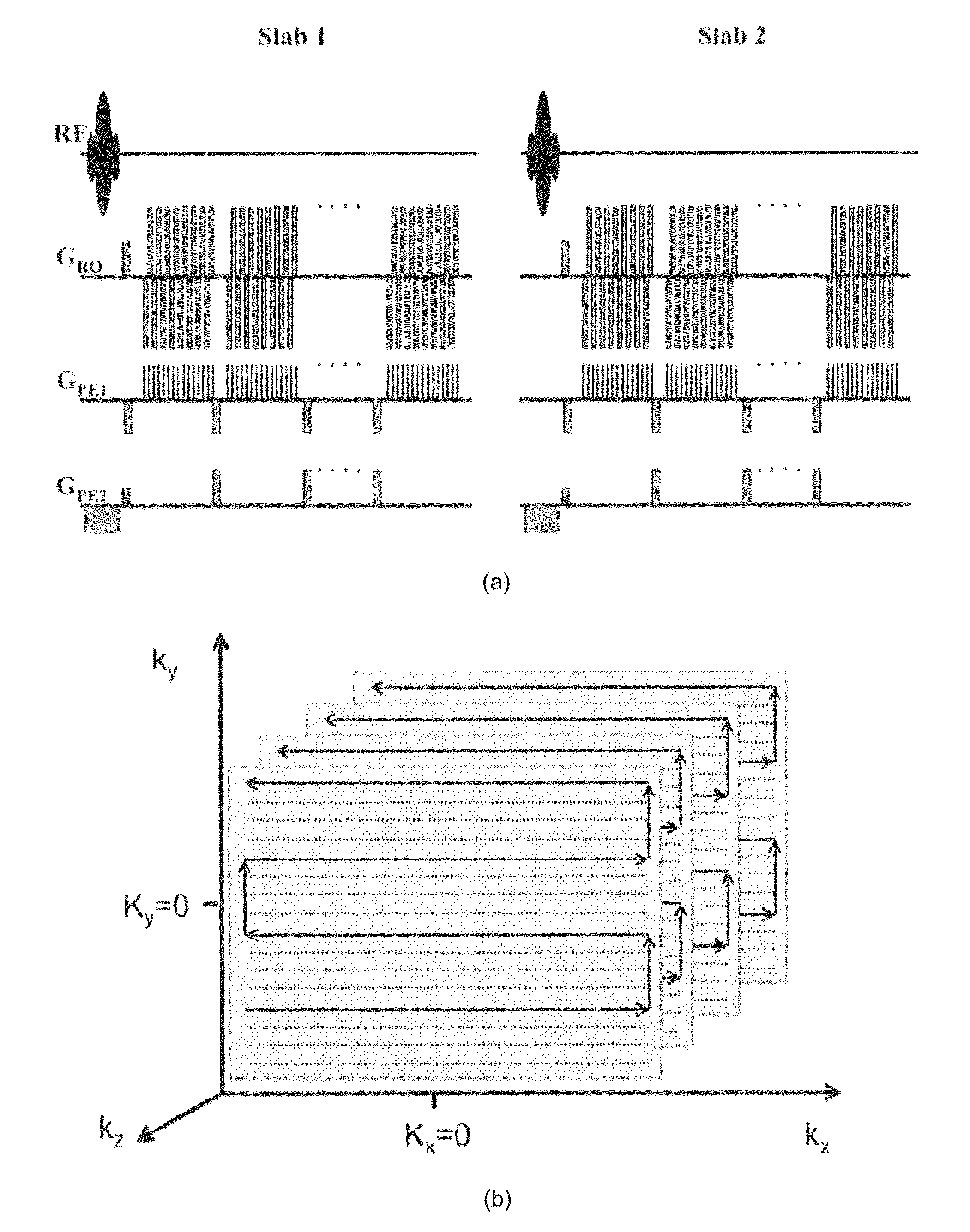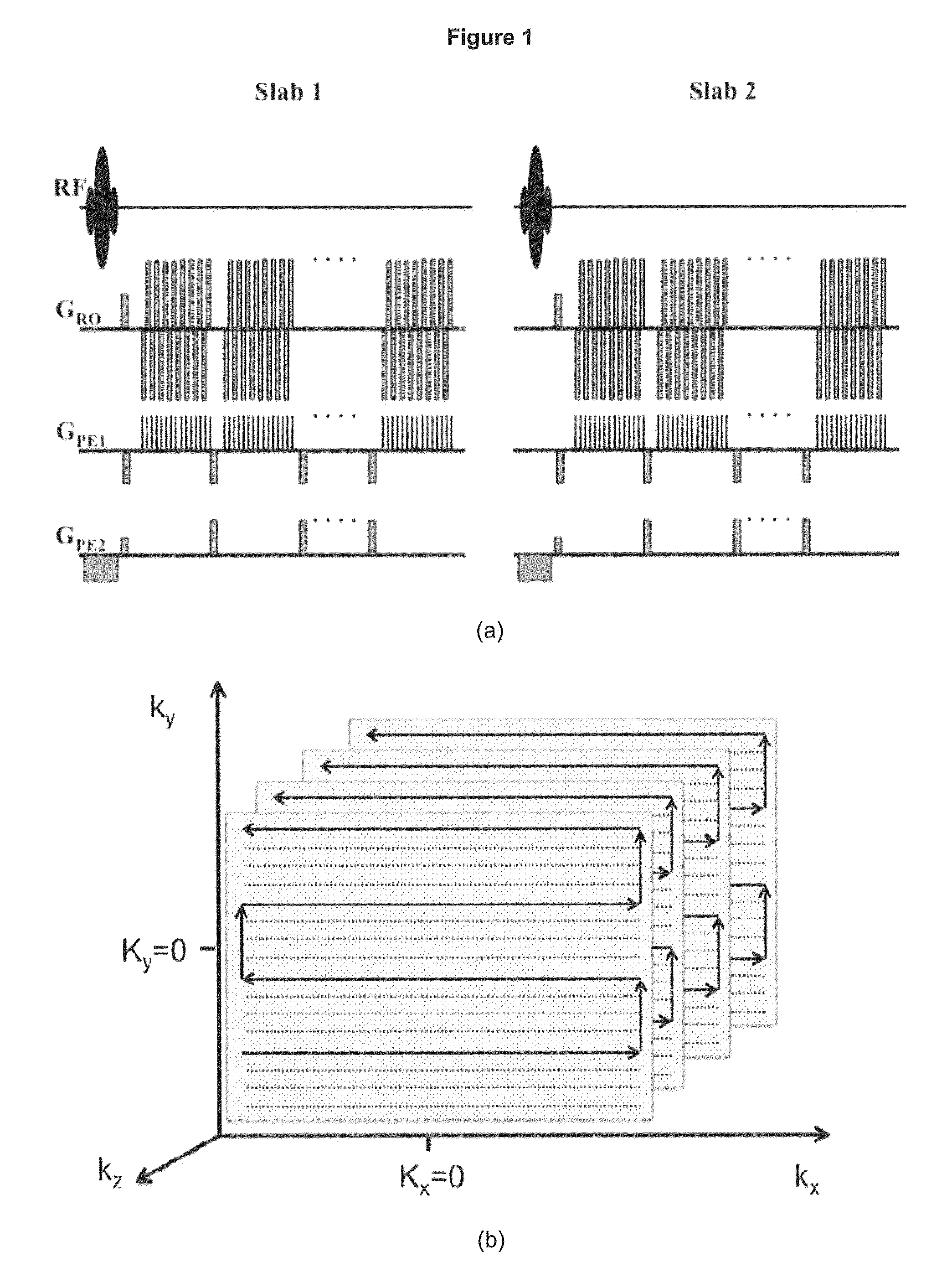System and methods for improved real time functional magnetic resonance imaging
a functional magnetic resonance and real-time technology, applied in the field of functional magnetic resonance imaging (fmri), can solve the problems of signal dropout, spatially varying blurring of point spread function, signal dropout, etc., and achieve the effect of reducing physiological noise, improving mean and maximum t-scores, and increasing the extent of activation
- Summary
- Abstract
- Description
- Claims
- Application Information
AI Technical Summary
Benefits of technology
Problems solved by technology
Method used
Image
Examples
Embodiment Construction
[0025]Data was collected for fifteen healthy subjects on a clinical Siemens 3T TIM Trio scanner equipped with Avanto gradient system and 12-channel array receive only head coil. Pulse and respiration waveforms were recorded with 100 ms temporal resolution. Reconstructed 2D images were exported from the scanner reconstruction computer via the scanner host computer to an external Intel Xeon E5530, 6 core, 2.4 GHz workstation for reconstruction of the 3rd spatial dimension and real-time fMRI analysis.
[0026]The EVI pulse sequence, which was based on a multi-echo EPI (MEPI) sequence with flyback along the kz-direction is shown in FIG. 1. Multiple adjacent slabs were excited sequentially and encoded in a single temporal resolution (TR) using repeated EPI modules with interleaved phase encoding gradients. As shown more specifically in FIG. 1(a), the EPI modules consisted of trapezoidal oscillating gradients (GRO) along the readout direction and a series of blipped primary phase encoding gr...
PUM
 Login to View More
Login to View More Abstract
Description
Claims
Application Information
 Login to View More
Login to View More - R&D
- Intellectual Property
- Life Sciences
- Materials
- Tech Scout
- Unparalleled Data Quality
- Higher Quality Content
- 60% Fewer Hallucinations
Browse by: Latest US Patents, China's latest patents, Technical Efficacy Thesaurus, Application Domain, Technology Topic, Popular Technical Reports.
© 2025 PatSnap. All rights reserved.Legal|Privacy policy|Modern Slavery Act Transparency Statement|Sitemap|About US| Contact US: help@patsnap.com



